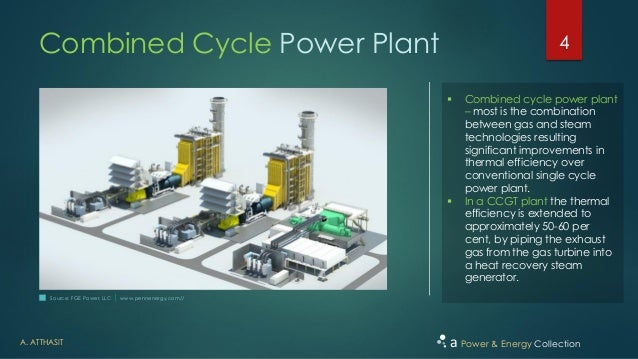Combined-cycle Gas & Steam Turbine Power Plants Pdf

While the conventional design of thermal power plants is mainly focused on high process efficiency, market requirements increasingly target operating flexibility due to the continuing shift towards renewables. Dynamic simulation is a cost-efficient tool for improving the flexibility of dispatchable power generation in transient operation such as load changes and start-up procedures. Specific applications include the optimisation of control structures, stress assessment for critical components and plant safety analysis in malfunction cases. This work is a comprehensive review of dynamic simulation, its development and application to various thermal power plants. The required mathematical models and various components for description the basic process, automation and electrical systems of thermal power plants are explained with the support of practical example models.
Combined Cycle Gas Fired
The underlying flow models and their fundamental assumptions are discussed, complemented by an overview of commonly used simulation codes. Relevant studies are summarised and placed in context for different thermal power plant technologies: combined-cycle power, coal-fired power, nuclear power, concentrated solar power, geothermal power, municipal waste incineration and thermal desalination. Particular attention is given to those studies that include measurement validation in order to analyse the influence of model simplifications on simulation results. In conclusion, the study highlights current research efforts and future development potential of dynamic simulation in the field of thermal power generation. Previous article in issue. Next article in issue.